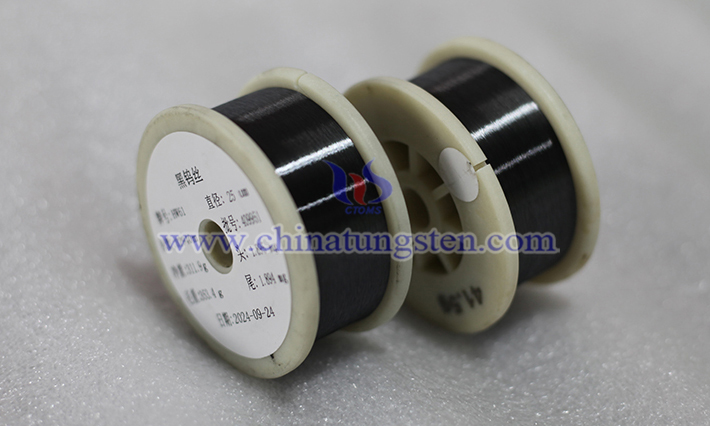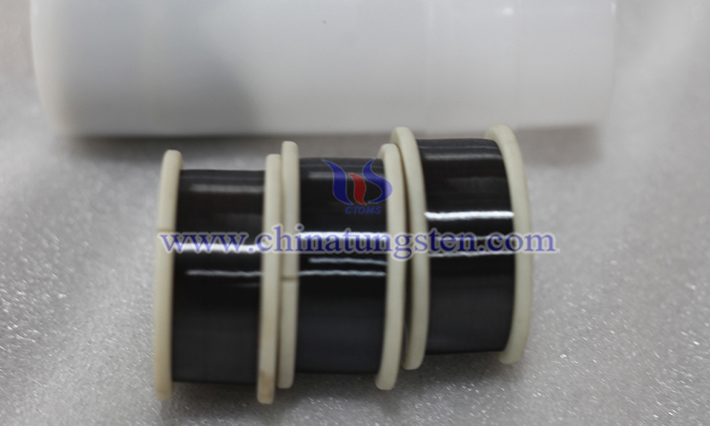Role of Tungsten Wires in Vacuum Tubes
- Details
- Category: Tungsten Information
- Published on Wednesday, 13 August 2025 16:32
Tungsten wires in vacuum tubes primarily serve as hot cathodes (thermal electron emission sources). By emitting thermal electrons through heating, they provide a stable operating current for the vacuum tube, supporting functions such as signal amplification, oscillation, rectification, and display.

1. Emitting Thermal Electrons
Tungsten wires are often used as cathode materials in vacuum tubes due to their extremely high melting point (approximately 3422°C) and excellent thermal stability. When heated to high temperatures (typically above 2000°C), electrons on the tungsten wire surface gain sufficient energy to overcome the surface potential barrier, resulting in thermionic emission. These free electrons form an electron flow within the vacuum tube, which is central to functions such as signal amplification, oscillation, and rectification. For example, in a triode, electrons emitted by the tungsten wire flow from the cathode to the anode under the influence of an electric field, achieving signal amplification or modulation.
2. Providing a Stable Operating Current
The operation of vacuum tubes depends on a stable electron flow. When heated in a vacuum, a tungsten wire continuously and uniformly releases electrons, ensuring a stable current within the tube. This property was crucial for early radios, audio amplifiers, and cathode ray tubes (CRTs). For example, in a CRT, electrons emitted by the tungsten wire are accelerated and focused into a beam, illuminating the fluorescent screen to display images. The tungsten wire's stable electron emission directly impacts the performance and reliability of the device.

3. High-Temperature Resistance and Long Life
Tungsten's high melting point and oxidation resistance make it excellent in the high-temperature operating environment of vacuum tubes. With virtually no oxygen inside vacuum tubes, tungsten wires are less susceptible to oxidation or burnout, allowing them to withstand high temperatures for extended periods, extending device life. Compared to other materials, tungsten wires are particularly well-suited for high-power vacuum tubes, such as transmitting tubes, because they maintain structural integrity and functional stability under extreme conditions.
4. Limitations and Improvements
Despite its excellent performance, tungsten wires have relatively low electron emission efficiency, require higher heating temperatures, and consume significant energy. To address this, modern vacuum tube technology often uses doped tungsten (such as thoriated tungsten) or oxide-coated cathodes to lower operating temperatures and improve electron emission efficiency. However, in certain high-reliability or high-power applications, pure tungsten wire is still preferred due to its durability.
- Chinatungsten Online: www.tungsten.com.cn
- CTIA GROUP LTD: en.ctia.group
- Tungsten News & Price: www.ctia.com.cn
- Molybdenum News & Price: news.molybdenum.com.cn
- Tel.: 86 592 5129696; Email: sales@chinatungsten.com



 sales@chinatungsten.com
sales@chinatungsten.com